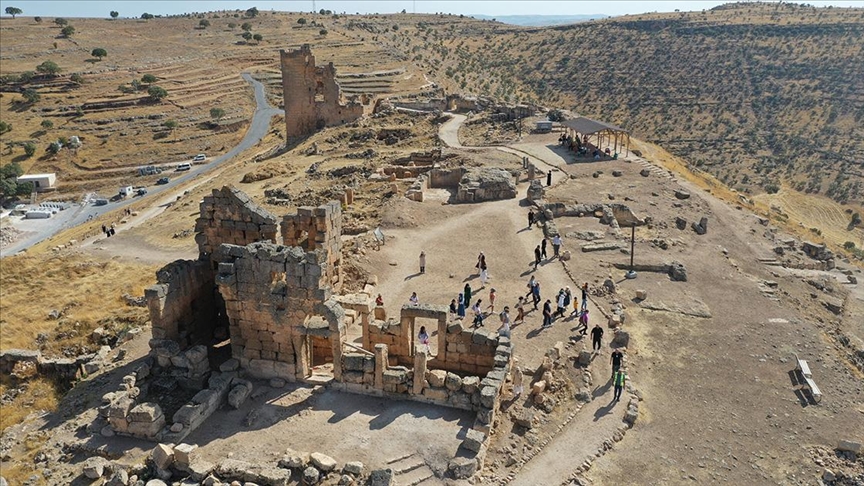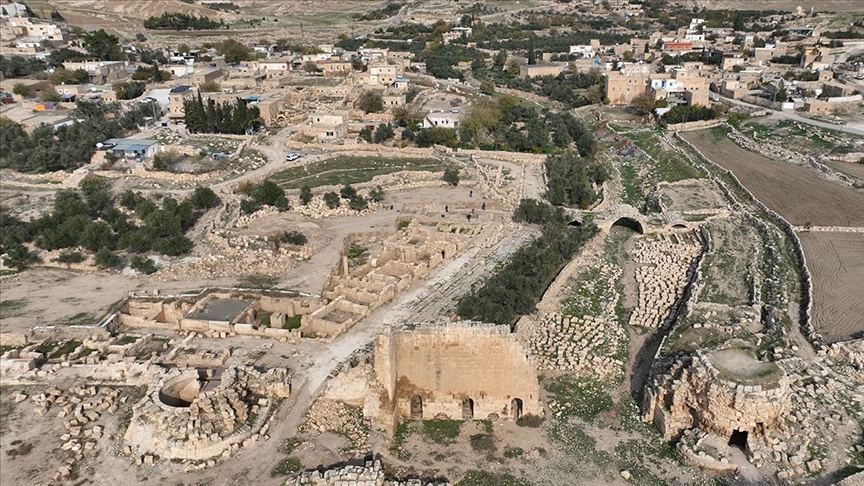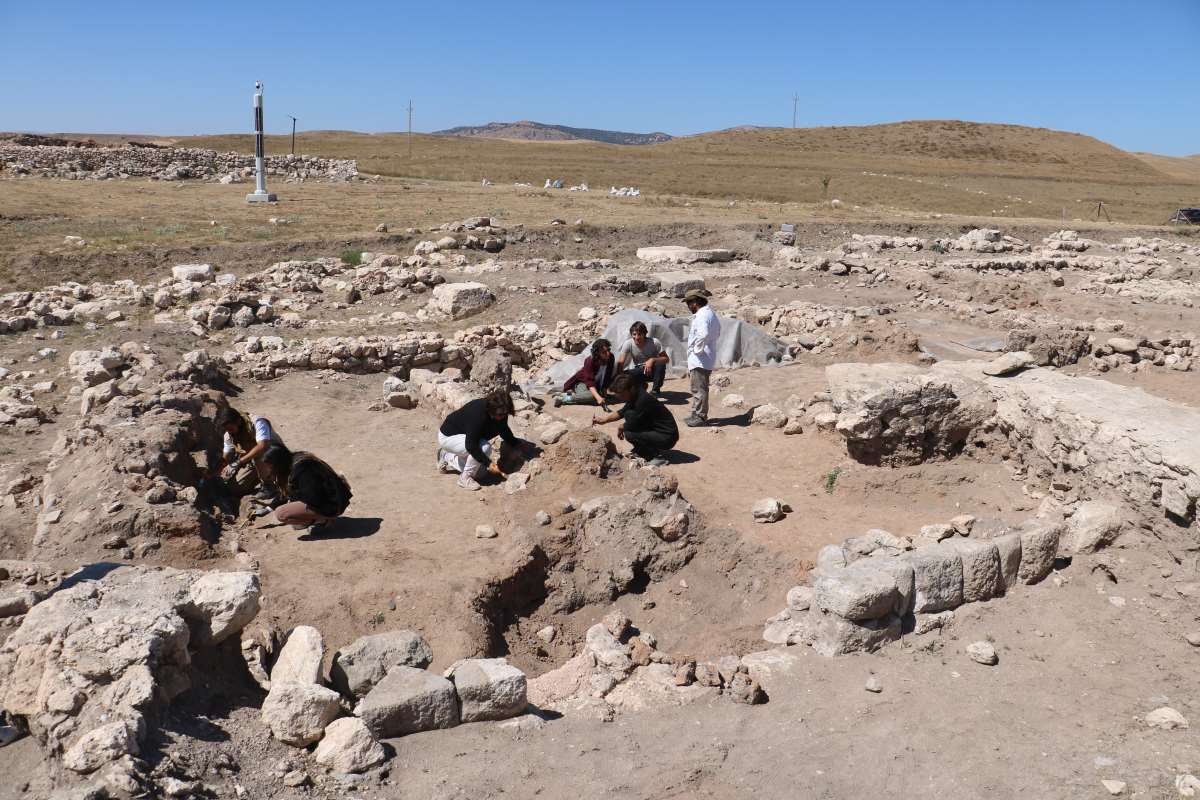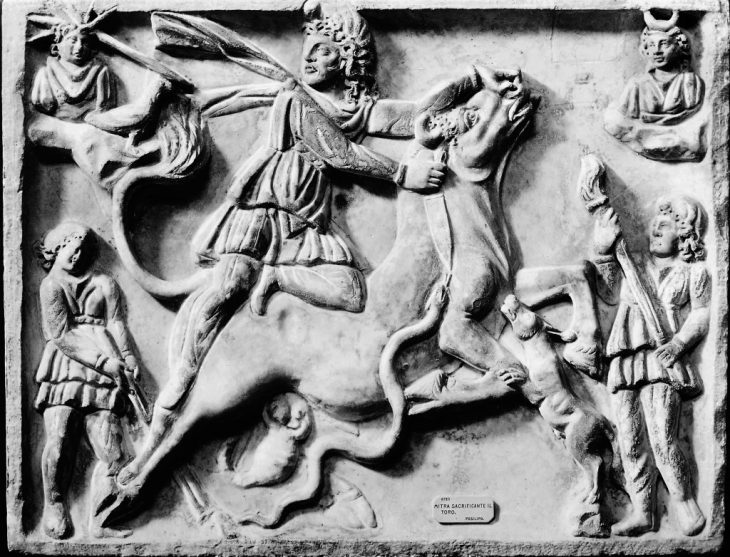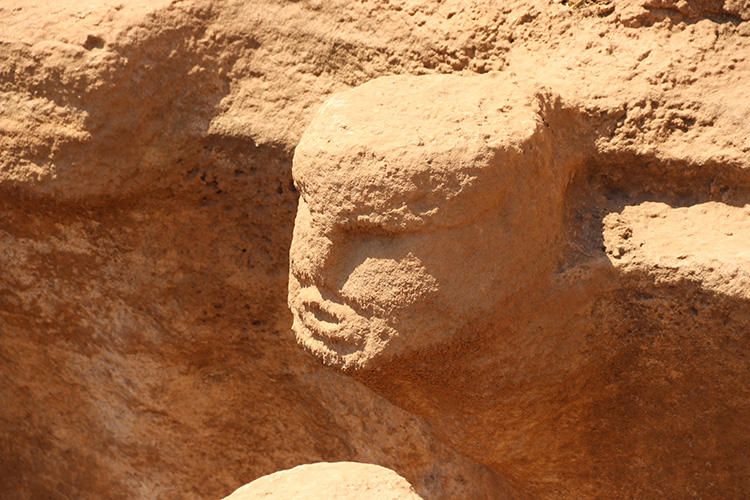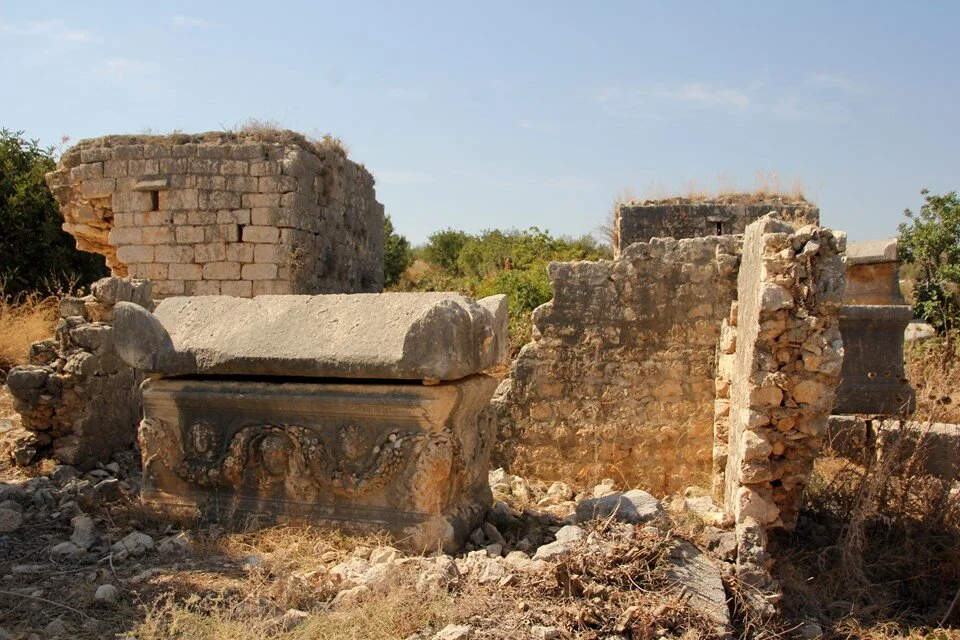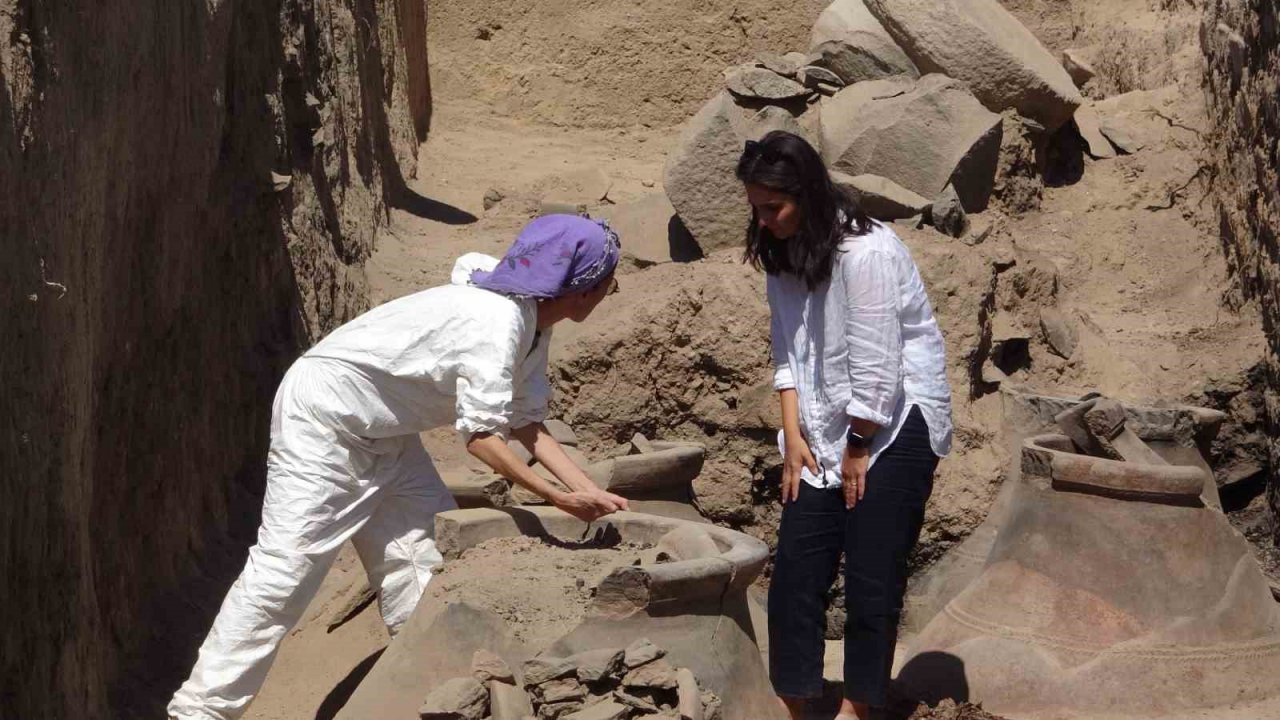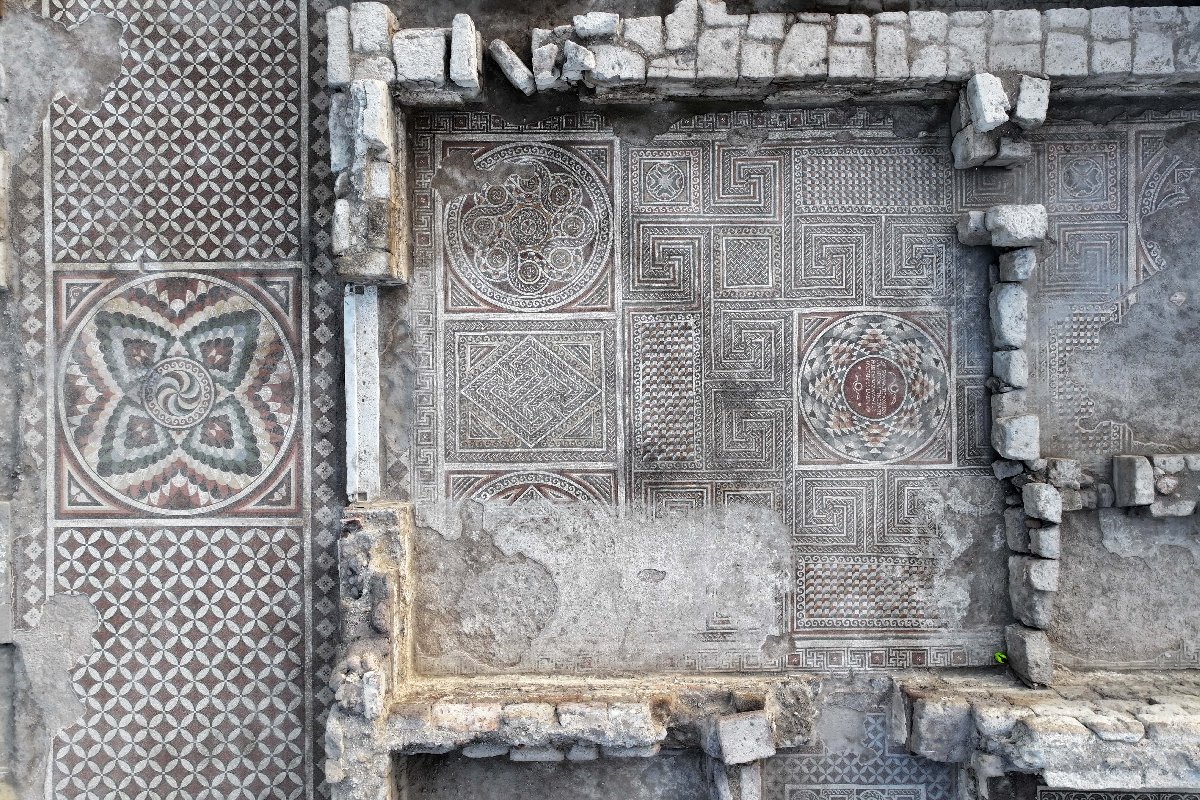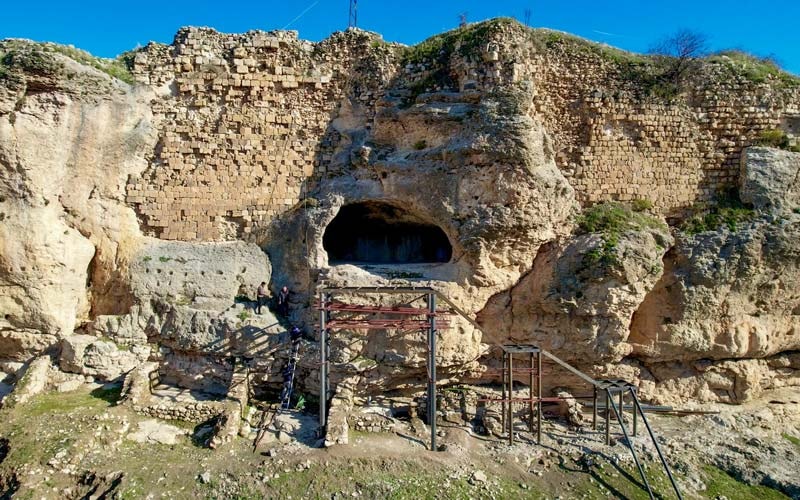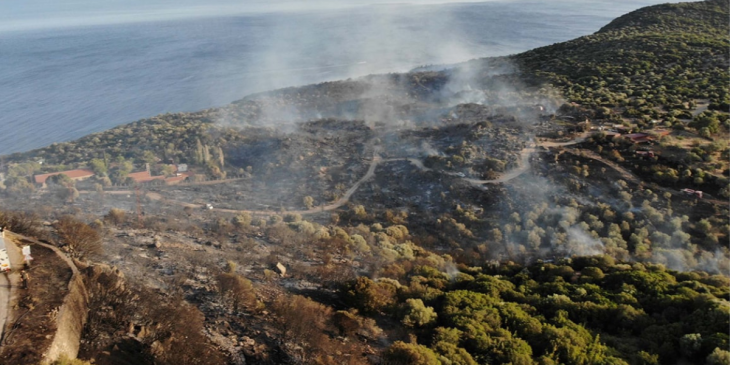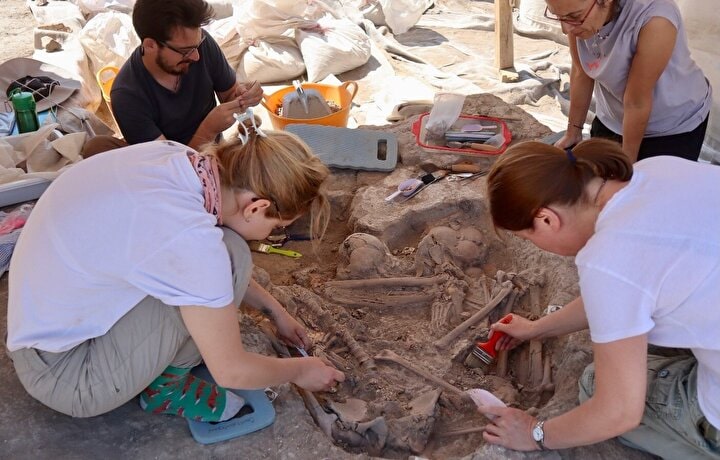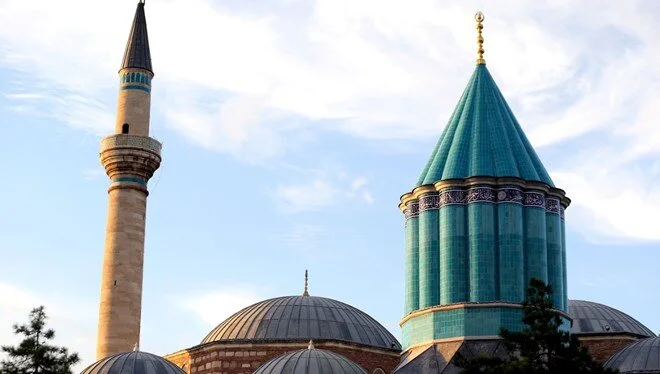Japanese archaeologists have found evidence indicating that Büklükale village, located in Kırıkkale, Turkey, was the earliest settlement of the ancient nomadic people known as the Cimmerians in Anatolia.
The excavations of Büklükale, consisting of two archaeological areas known as the ‘Lower City’ and the ‘Upper City’ located in the Karakeçili district of Kırıkkale, are being conducted under the leadership of Japanese archaeologist Kimiyoshi Matsumura.
In an interview with Ihlas News Agency (IHA), Kimiyoshi Matsumura stated that they have identified multiple civilizations at Büklükale. He mentioned that during the excavations in the region, they discovered a fortress associated with the Cimmerians.
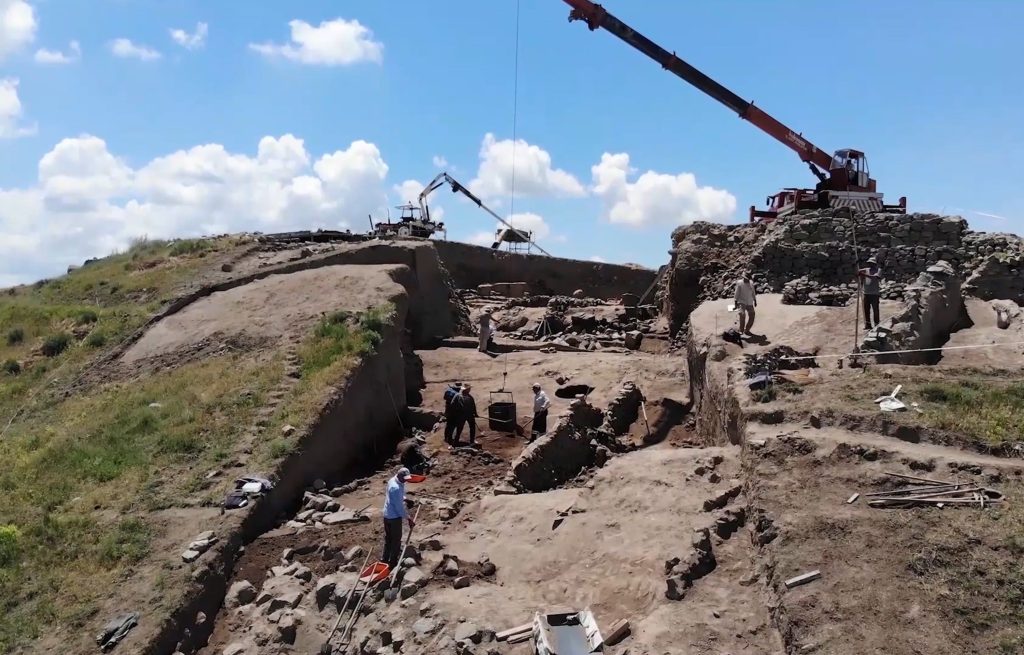
“We found remnants from the Ottoman period in the upper layer. Beneath that, we uncovered artifacts from the Hellenistic period, which coincided with the arrival of Alexander the Great. Below that, we identified architectural remains. Prior to that, we found traces of the Lydians. Below those layers, we discovered the fortress built by the Cimmerians, which was our primary goal. And beneath that, we unearthed settlements dating back to the Hittite period, extending up to around 2000 BC. We have currently reached that level,” he said.
Matsumura also mentioned that they found arrowheads used in warfare during the excavation works.

“The excavations are still ongoing, but interestingly, we have uncovered around seven arrowheads from the fortress. Among them, we found some that were bent. This indicates that there was a battle here, with arrows being shot and causing the arrowheads to bend. This suggests that there was a conflict, most likely during the time of the Cimmerians or a subsequent period,” he said.
Matsumura emphasized that the arrival of the Cimmerians to Anatolia is mentioned in the book of Herodotus, known as the “Father of History.”
“Inside this fortress, we found materials with animal motifs related to the Scythians. Additionally, we discovered a small figurine of a person riding a horse, which we believe is probably associated with the Cimmerians. Hopefully, we will have identified the first settlements or fortresses in Anatolia. This year, in excavations outside the walls, we also identified the remains of a significant fortress. It’s going to be fascinating. There’s no information about what they did in Anatolia,” he said.
Cover Photo IHA


